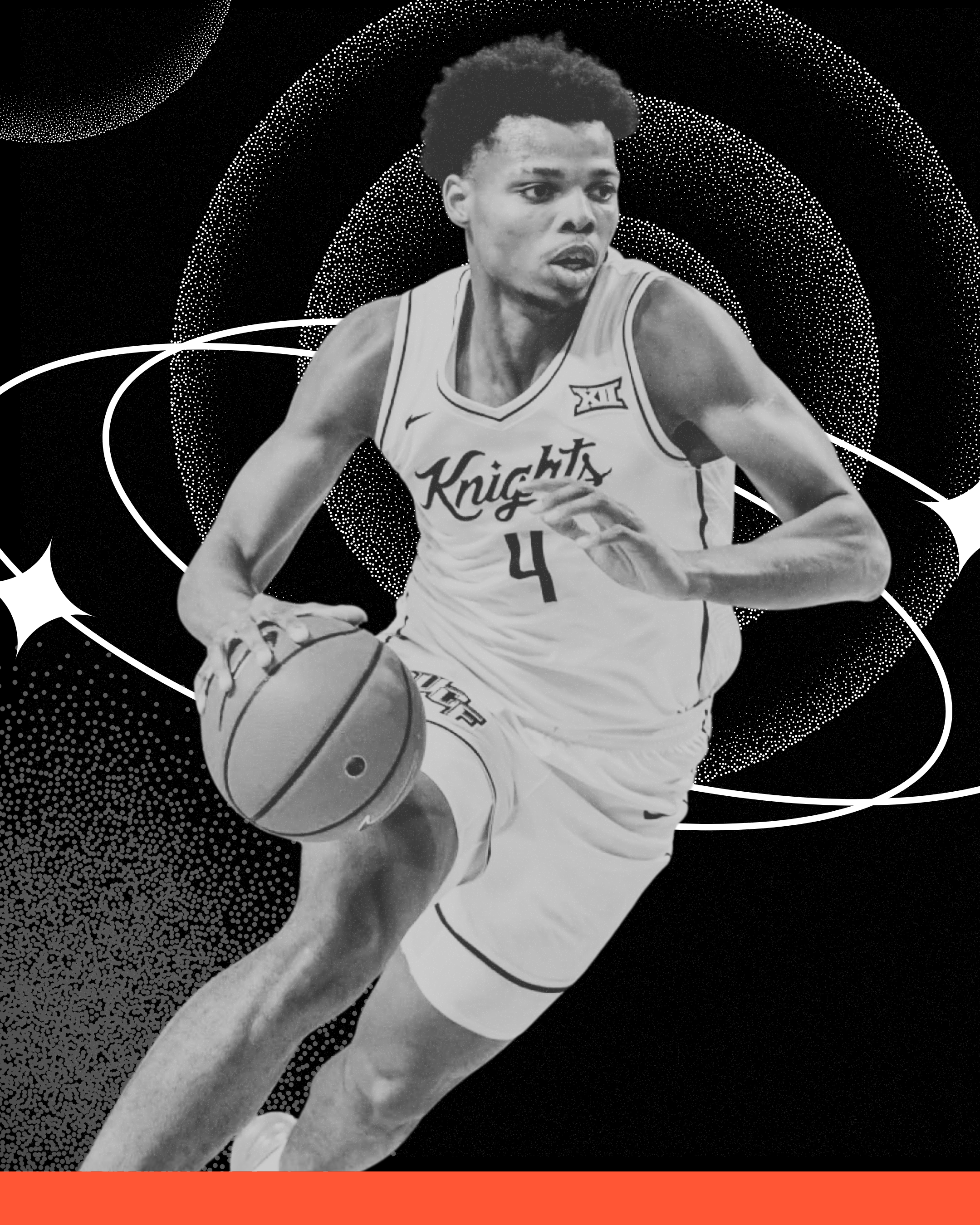How to Fix the College Transfer Portal Before It Breaks College Sports
By Rob ReinhartThe college transfer portal was created to empower athletes — and in many ways, it has. Players no longer have to sit in limbo, waiting for permission to pursue new opportunities. They can take control of their careers, find better fits, and move freely in a landscape that once favored schools over students.
But what began as a necessary reform has spiraled into chaos. The portal has become a revolving door — a never-ending free agency that’s eroding team culture, destabilizing rosters, and overwhelming both players and coaches.
It’s not time to eliminate the portal. It’s time to fix it.
1. One Free Transfer — Then You Sit
The first and most obvious step: restore structure.
Every player should have one free transfer without penalty, just like now. But after that? If you transfer again, you sit out a season. Simple.
This protects legitimate movement — players stuck behind depth charts, mismatched with coaching styles, or navigating life changes — while discouraging constant hopping. Right now, some athletes are on their third or fourth school in as many years. That’s not development; that’s instability.
A sit-out year after the first transfer wouldn’t punish mobility — it would restore accountability.
2. Set a Real Transfer Window — and Enforce It
The current calendar is a mess. There are “windows,” but they’re inconsistent and often ignored. Coaches can’t plan rosters, players can’t make informed decisions, and fans have no idea who’s even on the team from month to month.
College football and basketball need defined, short transfer windows — one after the season, one after spring practice — and that’s it.
You shouldn’t be able to enter the portal in July and blow up a depth chart weeks before kickoff. Give players a fair chance to assess their futures — and give programs the stability to actually build one.
3. Link NIL to Commitment
NIL (Name, Image, Likeness) has revolutionized college sports, but it’s also fueling the portal’s worst impulses. Players aren’t just transferring for playing time — they’re chasing the biggest check.
The fix isn’t banning NIL; it’s tying NIL contracts to school commitment. If you sign a one-year NIL deal at Texas, you stay at Texas for that year. If you leave early, you forfeit the remainder of the deal.
That keeps NIL from becoming a bidding war and reinforces that these aren’t short-term rental agreements — they’re mutual partnerships.
4. Create a Centralized Support System for Players
The truth is, many athletes enter the portal and never find a new team. Thousands of names sit unclaimed every year, leaving players without scholarships or direction.
The NCAA should create a Transfer Advisory Program — a group of counselors and compliance officers who help players understand the risks and realities before they jump in. Too often, athletes make emotional, short-term decisions that derail long-term careers.
Empowering players means educating them, not just giving them freedom without guidance.
5. Coaches Need Accountability Too
It’s easy to criticize players for transferring — but let’s be honest, coaches do it constantly. When a head coach bolts for a better job, his players are left behind in chaos.
If the NCAA is serious about stability, then coaches who leave programs should not be allowed to immediately raid their former rosters. There should be a one-year restriction preventing staff members from recruiting players they just coached.
That alone would slow the poaching frenzy that has turned offseason recruiting into open warfare.
The Bottom Line
The transfer portal isn’t evil. It’s progress — freedom, fairness, and opportunity for student-athletes who deserve all three. But freedom without structure is chaos, and right now, college sports are teetering on the edge.
If the NCAA wants to preserve the integrity of the games we love — the rivalries, the continuity, the sense of identity — it needs to step in with reform, not restriction.
Give players control, give coaches clarity, and give the sport balance again. Because if the portal keeps spinning unchecked, college athletics will soon become what it was never meant to be: just another version of professional free agency.

